Decimal collection
It will come as no great surprise that the Royal Mint Museum has an outstanding collection of material relating to decimalisation. As expected the official reports and the production plans, initial drawings and plaster models prepared by the artists, trial and experimental pieces, approved coins and the sets made available for collectors are all represented. There is, however, another side to the material that has been accumulated.
The process of decimalisation generated a substantial amount of printed information produced to make the British public aware of the enormous change. Official newsletters, and information leaflets, posters and cardboard stands were disseminated far and wide. In addition, there were what might be called novelty items that have survived, including a decimalisation board game by Waddingtons, a set of playing cards, a duster and, of all things, a pair of decimalisation underpants. Gifts of such objects continue to be donated to the Museum enhancing the collection as a thorough social-history record of this important change to the currency.
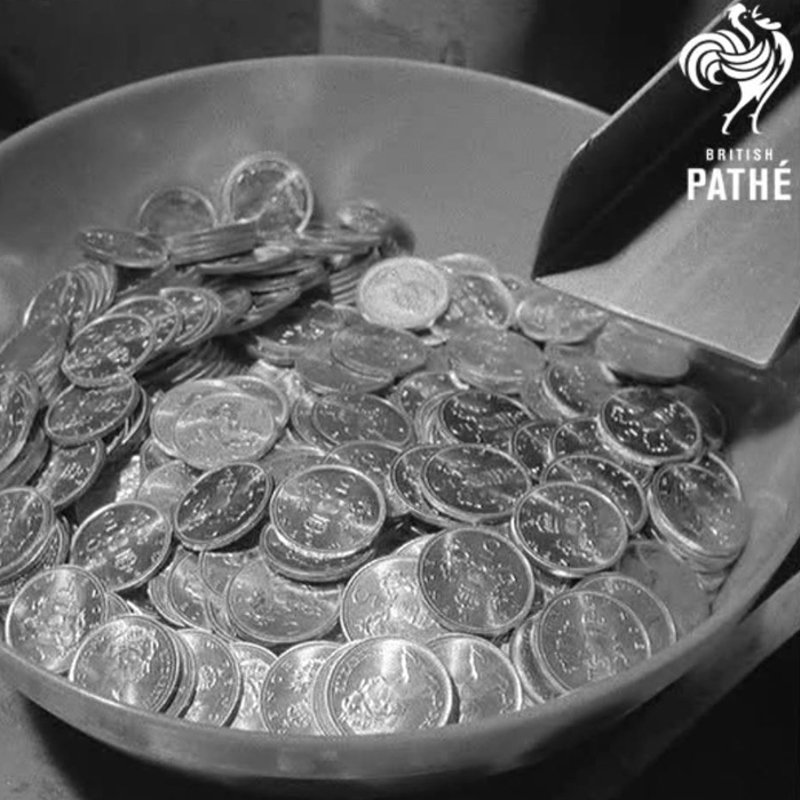
The first of the new coins (1968)
The first milestone in the introduction of new decimal coins came in April 1968.
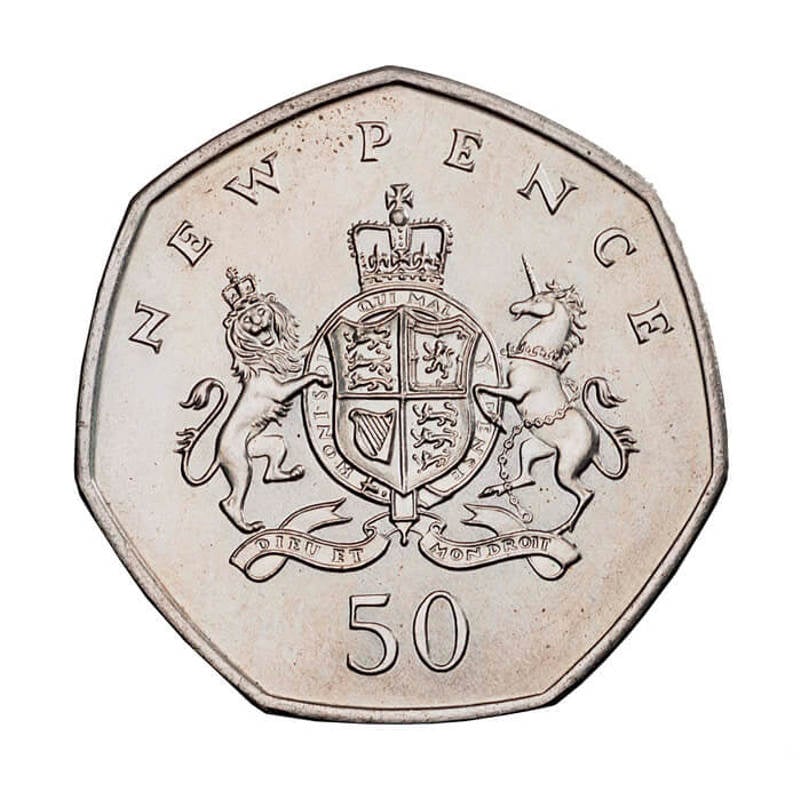
Royal Arms fifty pence piece
For the original fifty pence of 1969 Christopher Ironside was asked to prepare an arrangement of the Royal Arms.
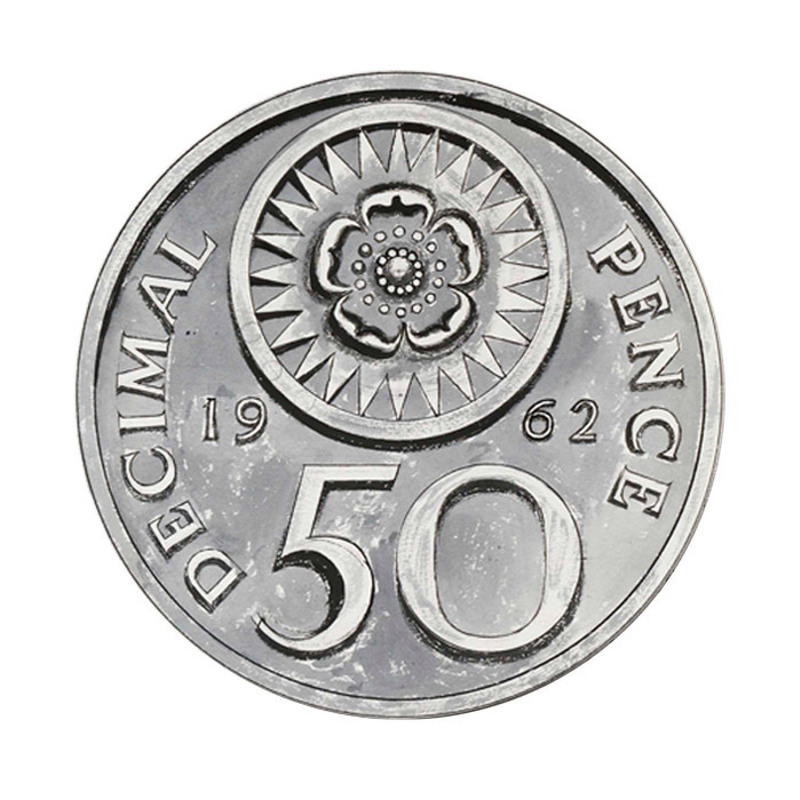
Bawden decimal artwork
Edward Bawden was one of the most original artists of the 20th century. A watercolourist, illustrator and designer, his career spanned over 60 years.
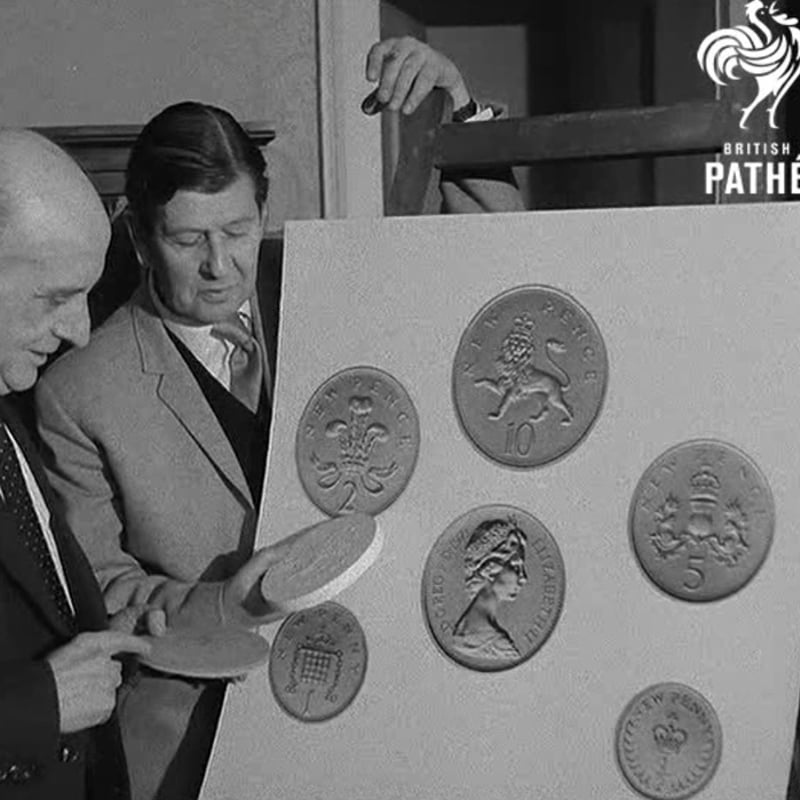
‘Money we will have to get used to’ (1968)
The new designs for the half penny through to the ten pence piece were first unveiled to the British public in 1968.
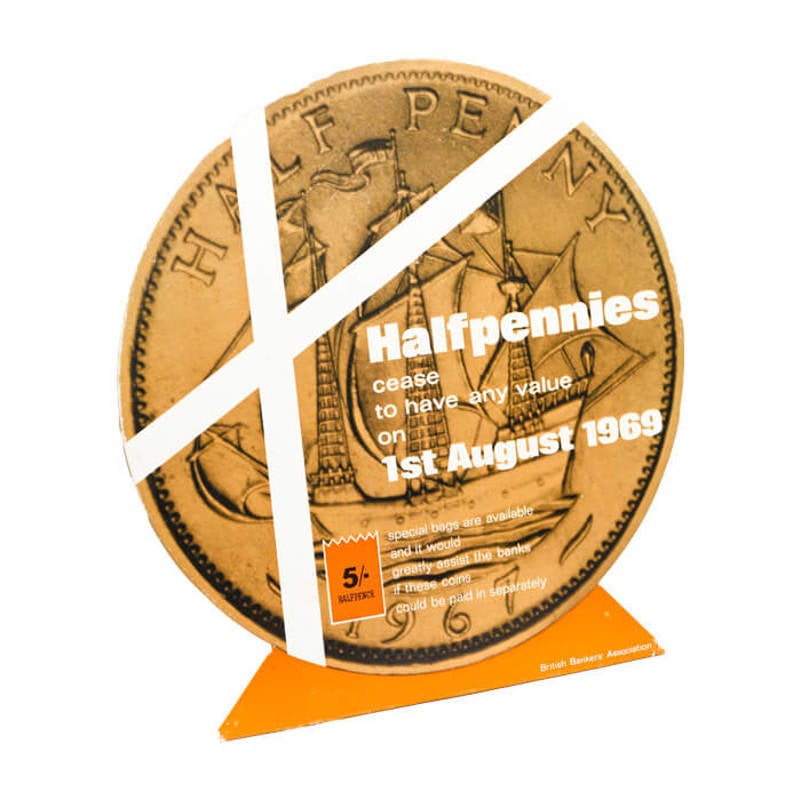
Pop-up cardboard cut-outs
If you had entered a bank towards the end of the 1960s you may well have encountered signs like these.
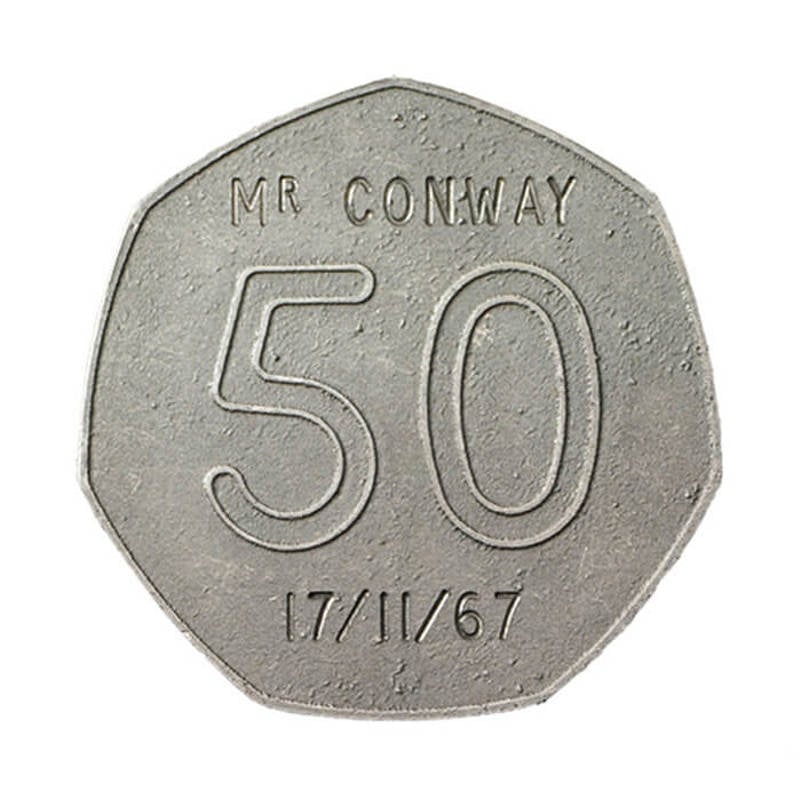
Trial fifty pence piece
The name Conway is inscribed on this trial from the early stages of the development of the fifty pence piece.
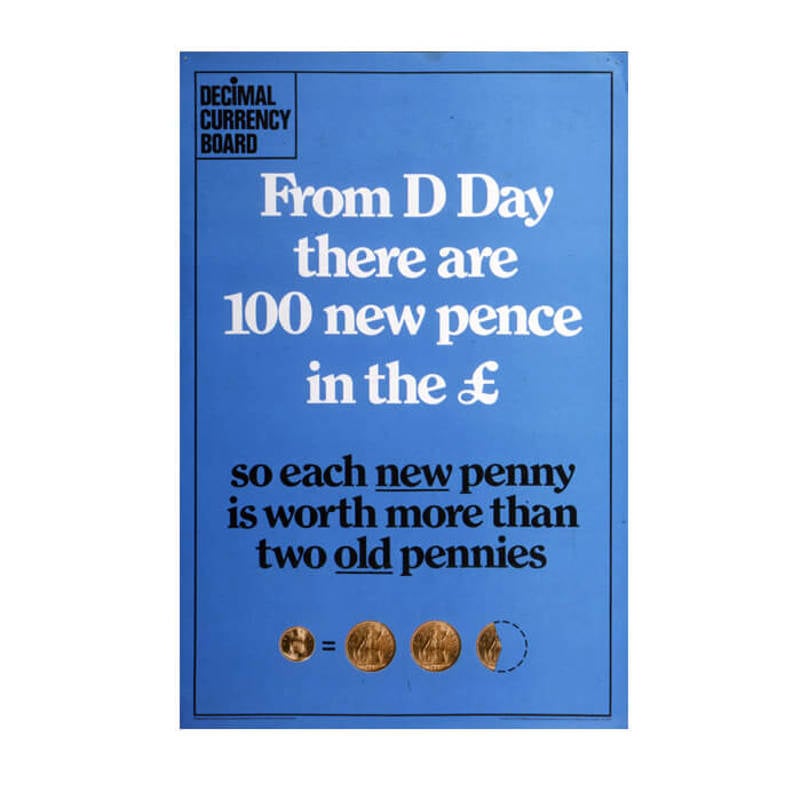
Decimal posters
In advance of Decimal Day the Decimal Currency Board launched one of the most intensive publicity campaigns ever directed at the people of Britain.
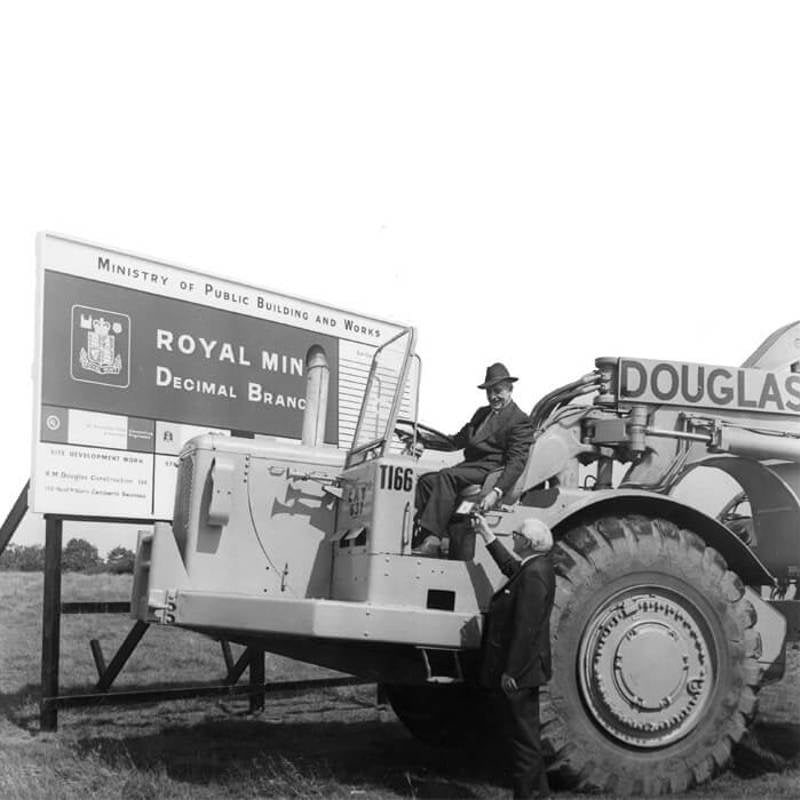
Turning the first sod
This photograph, taken on 7 August 1967, shows the Deputy Master of the Mint, Jack James turning the first sod at the new decimal branch mint.
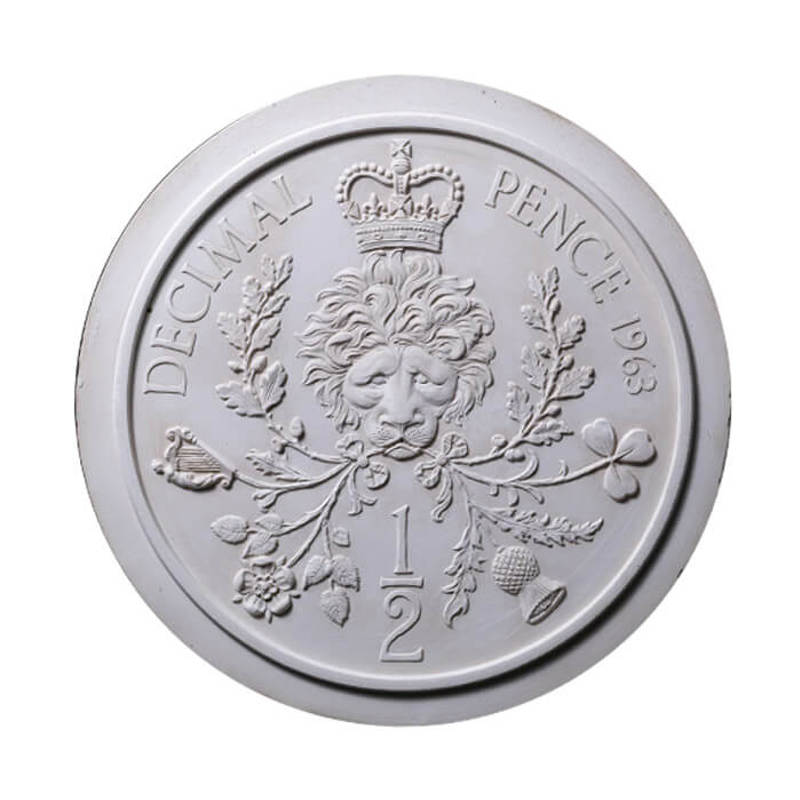
Machin decimal design
Arnold Machin designed the portrait of the Queen for decimal coinage but he was also involved in the search for designs for the reverses of the new coins.
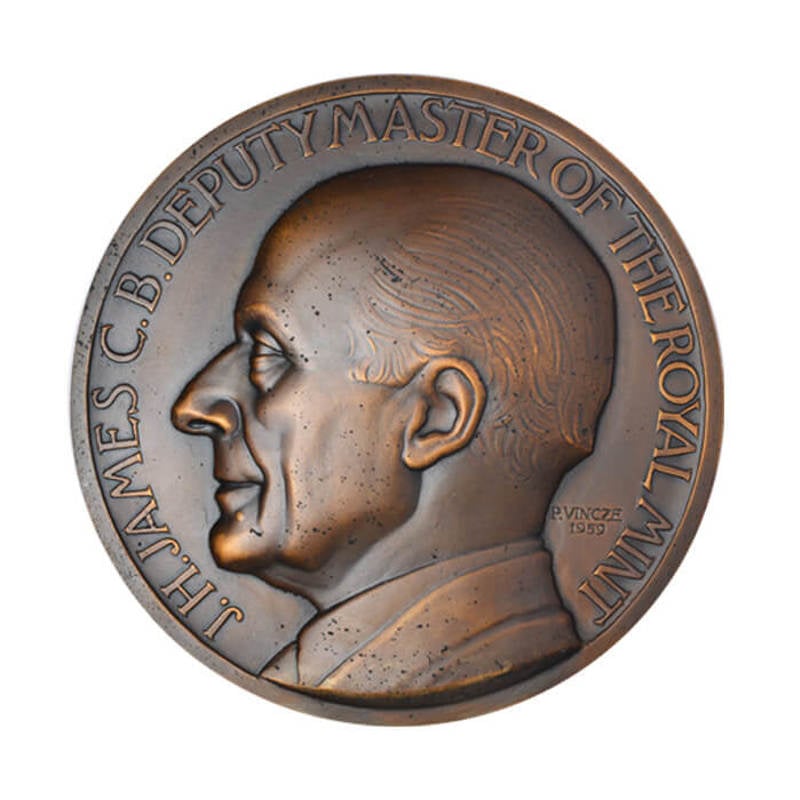
Jack James medal
This medal features a portrait of the Royal Mint Deputy Master Jack James who had the challenging task of overseeing the production of decimal currency.
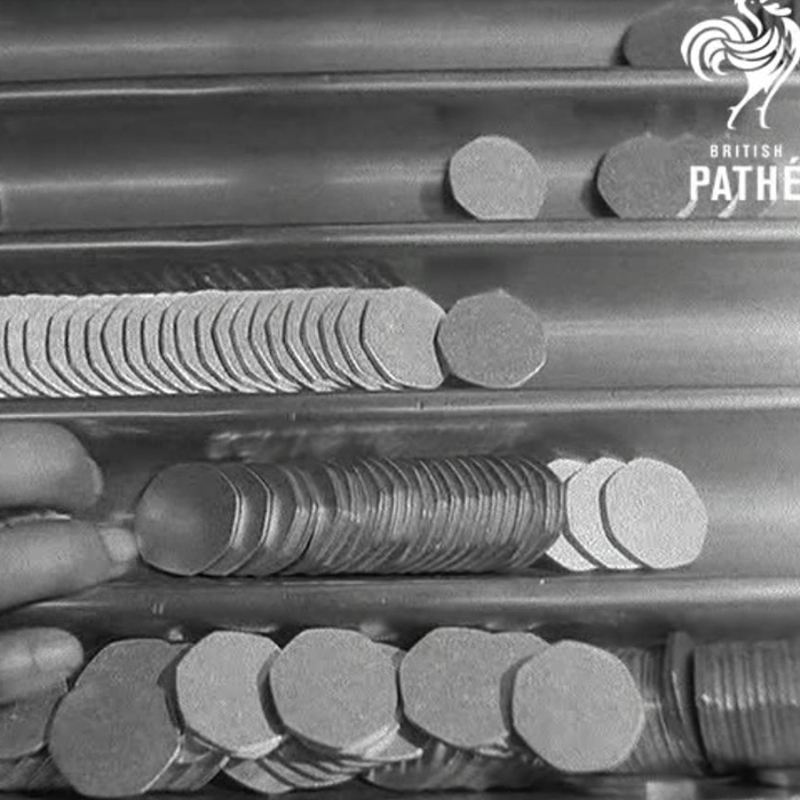
The shape of things to come (1969)
The fifty pence piece, a key development in the transition to the new decimal system, was brought in to replace the ten-shilling note.
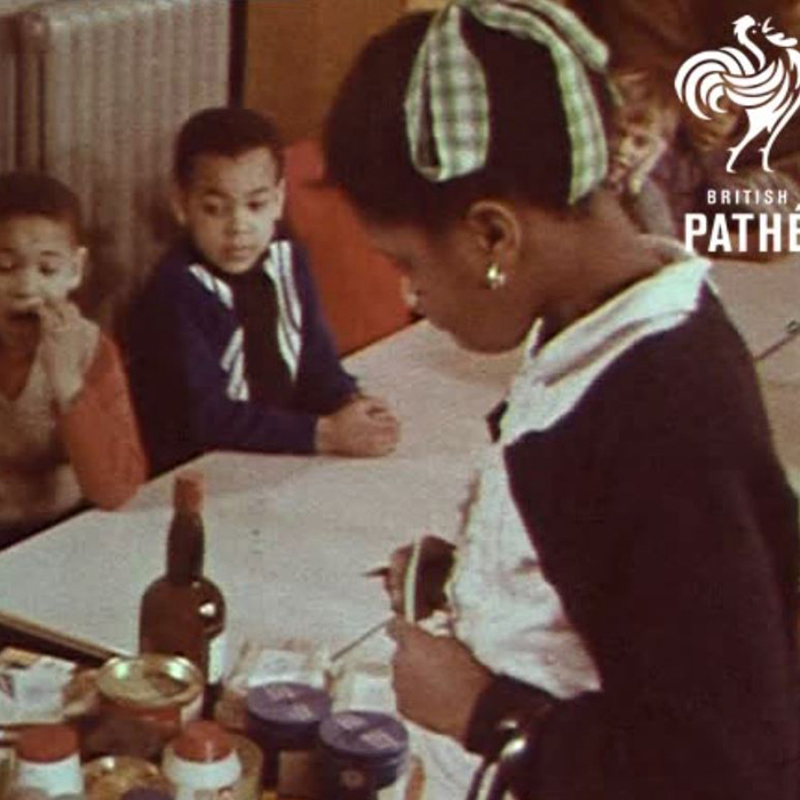
Preparing for Decimal Day (1970)
Planning the changeover required one of the largest public information campaigns in British history.
You might also like
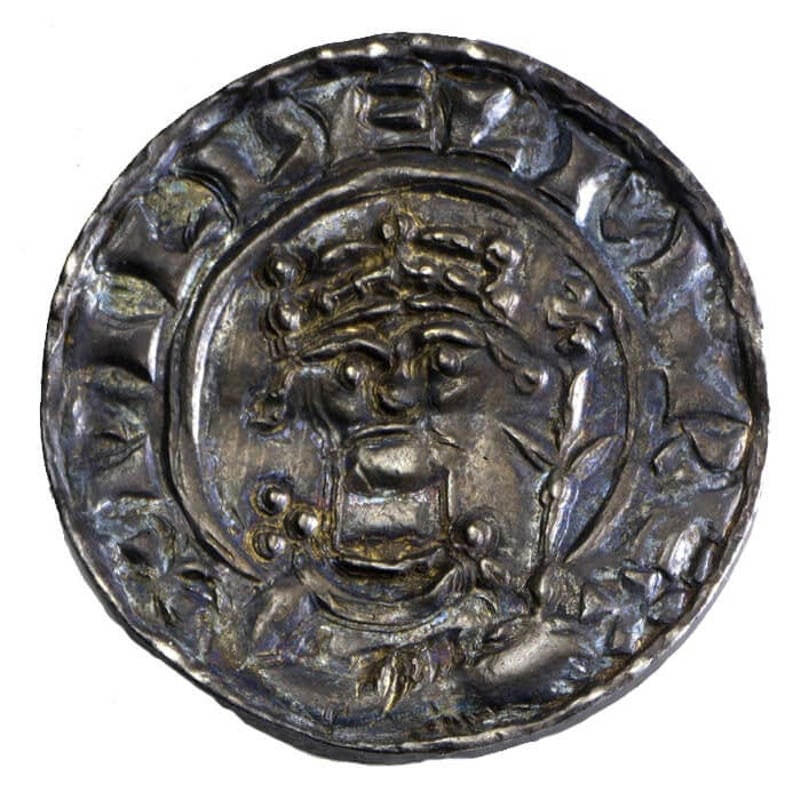
Pounds, Shillings and Pence
The pre-decimal currency system consisted of a pound of 20 shillings or 240 pence.
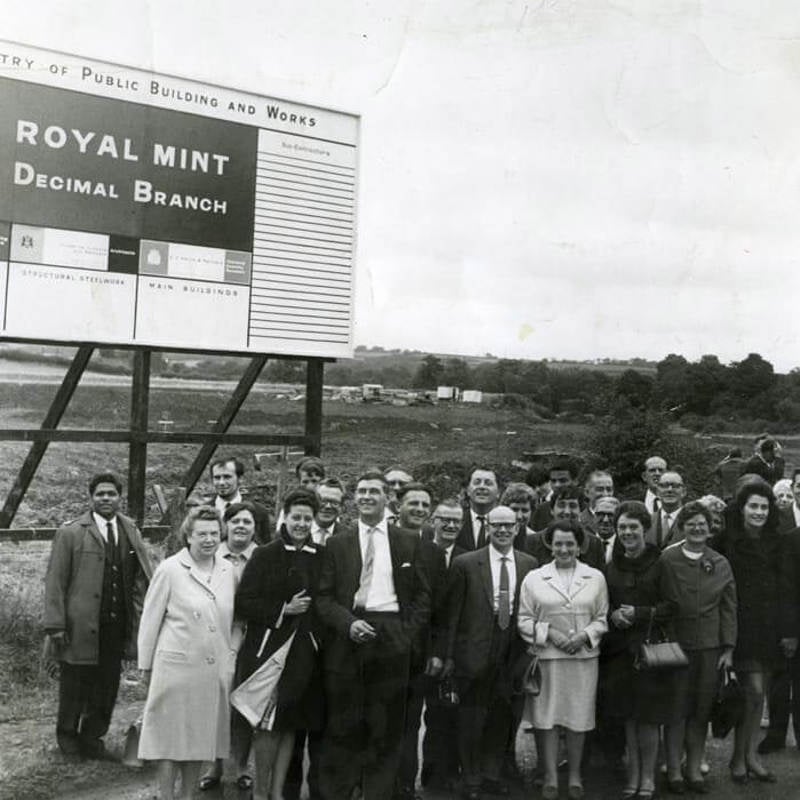
The Move to South Wales
In 1966 the decision to adopt a decimal currency system, required the Mint to strike millions of decimal coins.
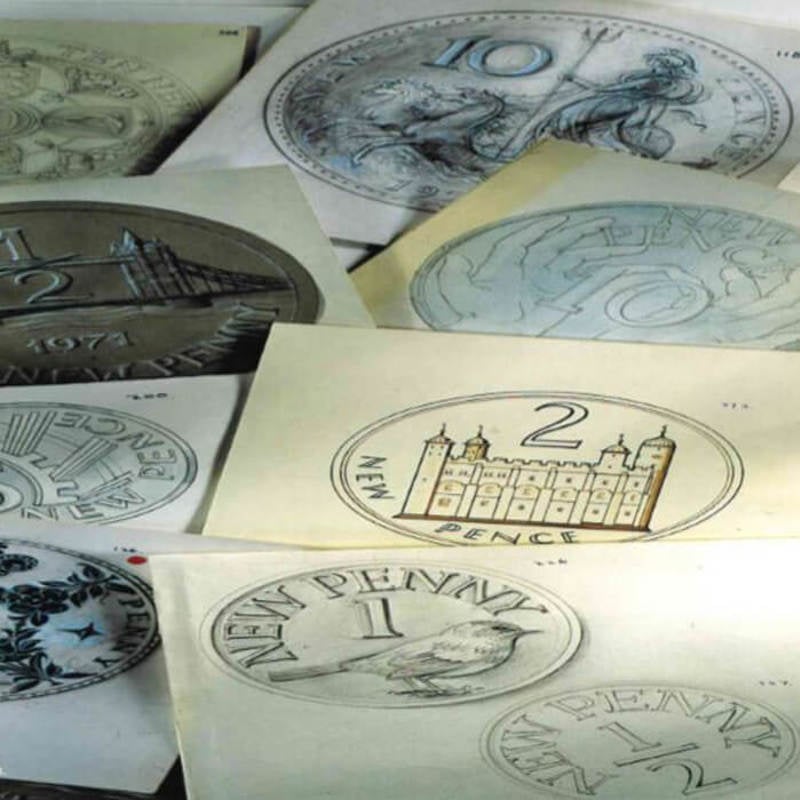
Decimalisation
On 1 March 1966 the Chancellor of the Exchequer, James Callaghan, announced that the centuries-old £sd system would be replaced by a decimal currency.
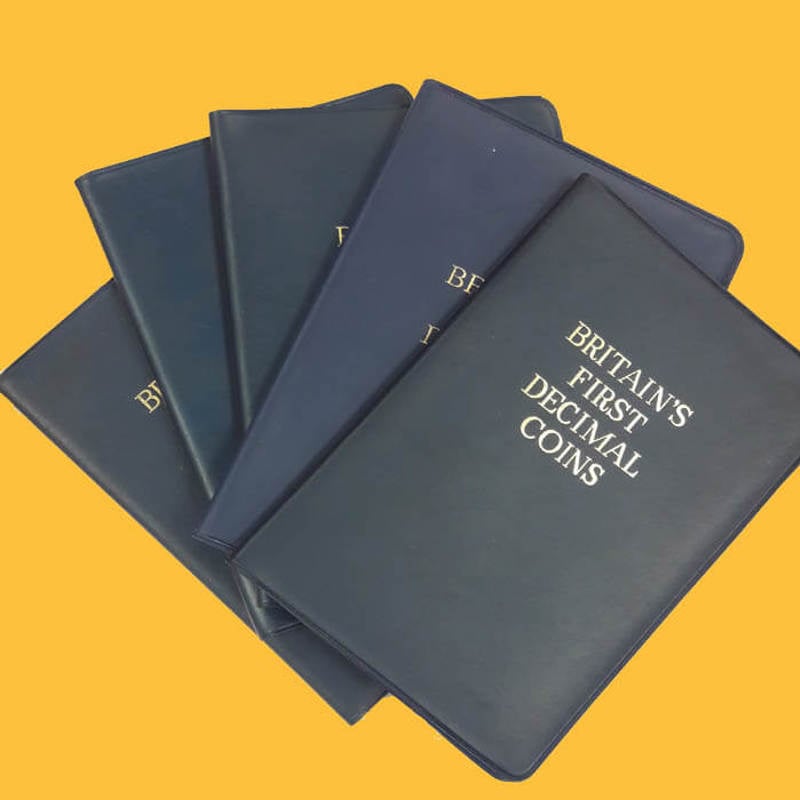
Decimalisation reminiscence sessions
Find out more about our new well-being project for the anniversary of decimalisation.

